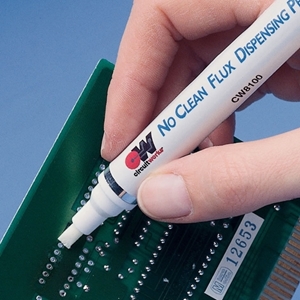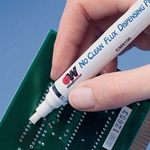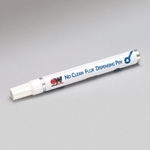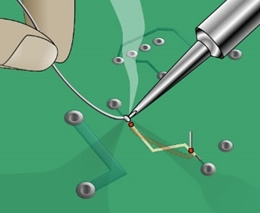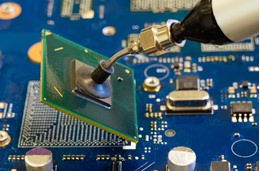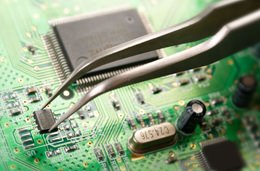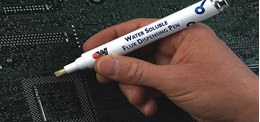CircuitWorks Flux Pens
Flux Dispensing Pens for applying flux with precision and control
CircuitWorks Flux Dispensing Pens provide controlled and exact applications that are generally compatible with most materials in the electronics industry. Dispense flux on printed circuit boards, heat sinks, chip carriers, switches, sockets and much more.
CircuitWorks Flux Dispensing Pens are fast drying, completely portable and have minimal excess flux waste. Instant wetting action provides thorough deoxidation of metallic surfaces providing the best possible surfaces for hand soldering.
CircuitWorks Flux Pens are designed specifically to apply each type of flux with precision control:
- Rosin Flux Dispensing Pen quickly applies a noncorrosive type R flux. This flux meets MIL-F-14256 E and F.
- No Clean Flux Dispensing Pen precisely applies a patented noncorrosive, halide-free, organic low solid flux. This flux meets Bellcore TR-NWT-000078 and IPC SF-818 for surface insulation resistance.
- Lead-Free Flux Dispensing Pen quickly applies a noncorrosive, halide-free, No Clean flux which meets Bellcore TR-NWT-000078 and passes IPC SF-818 for surface insulation resistance.
- Water Soluble Flux Dispensing Pen is designed specifically to apply water soluble flux with precision control. The Water Soluble Flux consists of a neutral pH organic water soluble flux compatible with most solder masks. The high activity organic product cleans easily with water, reducing cleaning cost.
| TDS | |
| REGS | |
| SDS | |
| Categories |
| Specifications |
CW8100 - ANSI/IPC SF-818, ANSI/IPC J STD-004, Type ROL0 CW8200 - MIL-F-14256F, Type R, ANSI/IPC J STD-004, Type ROLO ANSI/IPC J STD-001, IPC-7711 |
|---|---|
| Shelf Life | 5 yrs. |

